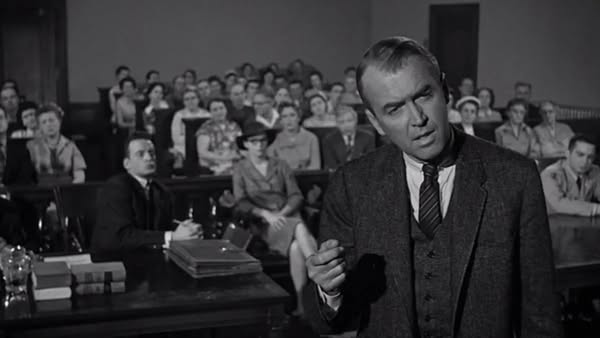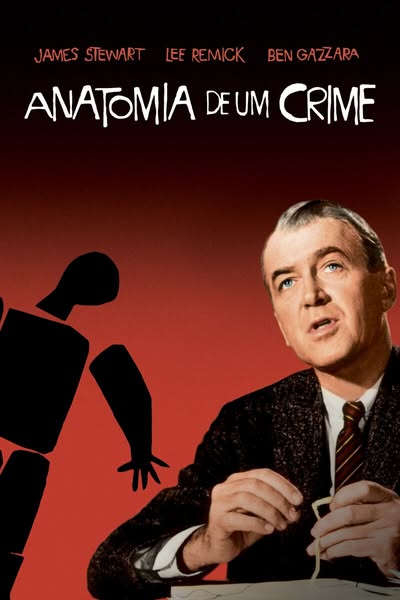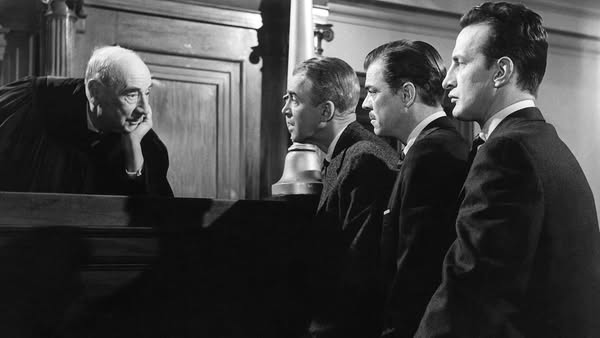Anatomy of a Murder (1959)

Anatomy of a Murder (1959) is a seminal courtroom drama directed by Otto Preminger, renowned for its realistic portrayal of the legal process and its exploration of complex moral questions. Based on the novel by Robert Traver, the film stars James Stewart as Paul Biegler, a small-town lawyer who takes on the defense of Lieutenant Frederick Manion (Ben Gazzara), accused of murdering a local bartender.
The plot unfolds in the fictional town of Altoona, Michigan, where Manion claims that he killed the bartender in a fit of rage after discovering that he had raped his wife, Laura (Lee Remick). Biegler, who is initially reluctant to take the case, becomes deeply invested as he navigates the intricacies of the legal system and the personal stakes involved.

Anatomy of a Murder is notable for its realistic depiction of courtroom proceedings, eschewing sensationalism in favor of a more nuanced exploration of justice and morality. The screenplay, penned by Wendell Mayes, is intelligent and sharp, filled with legal jargon and intricate arguments that reflect the complexities of the case. The film raises questions about the nature of truth and the reliability of perception, making it a thought-provoking experience.
James Stewart delivers a masterful performance as Biegler, embodying the character’s wit, charm, and determination. His interactions with the film’s ensemble cast, including George C. Scott as the prosecutor and Arthur O’Connell as Biegler’s friend and advisor, add depth to the narrative. Lee Remick’s portrayal of Laura is compelling, capturing the character’s vulnerability and complexity.

Preminger’s direction is meticulous, utilizing long takes and deep focus to create an immersive experience that draws the audience into the courtroom drama. The film’s cinematography, combined with Duke Ellington’s jazz-infused score, enhances the mood, adding layers of tension and emotion to the unfolding story.
The film also explores themes of morality, gender dynamics, and the flaws inherent in the legal system, allowing viewers to engage with the characters’ motivations and the ethical dilemmas they face. The ending, which leaves some questions unanswered, invites audiences to reflect on the nature of justice and the human condition.

In summary, Anatomy of a Murder is a groundbreaking courtroom drama that combines strong performances, intelligent writing, and a realistic approach to legal proceedings. With its exploration of complex themes and moral ambiguity, the film remains a significant work in the genre, influencing subsequent legal dramas and solidifying its place as a classic in American cinema. The film’s legacy lies in its ability to provoke thought and discussion about justice, truth, and the human experience.











